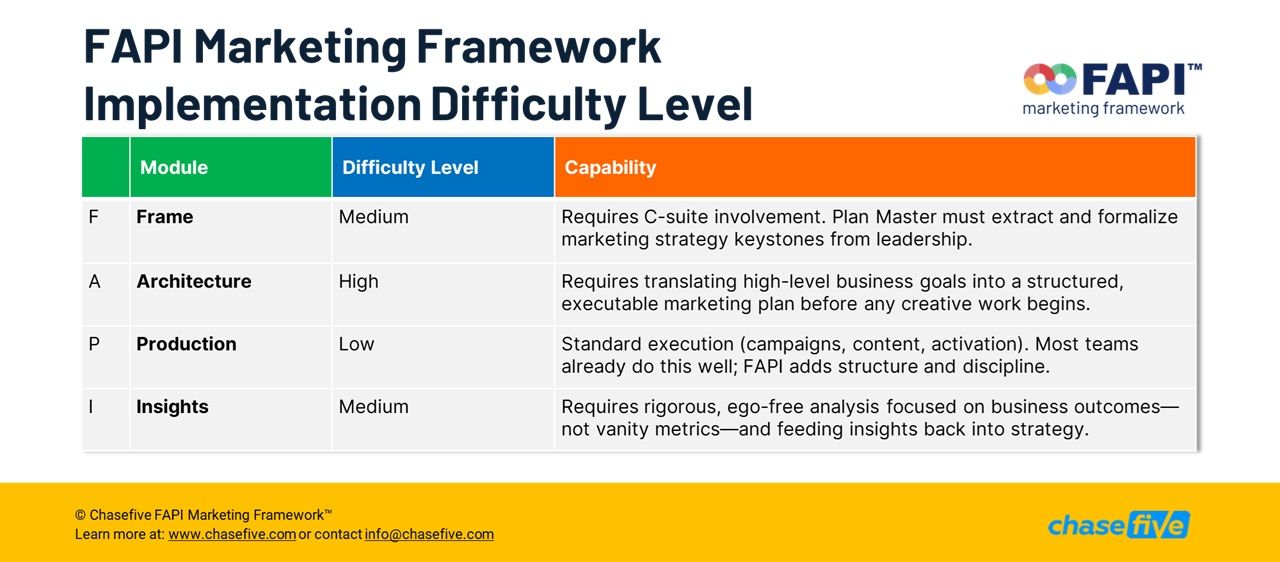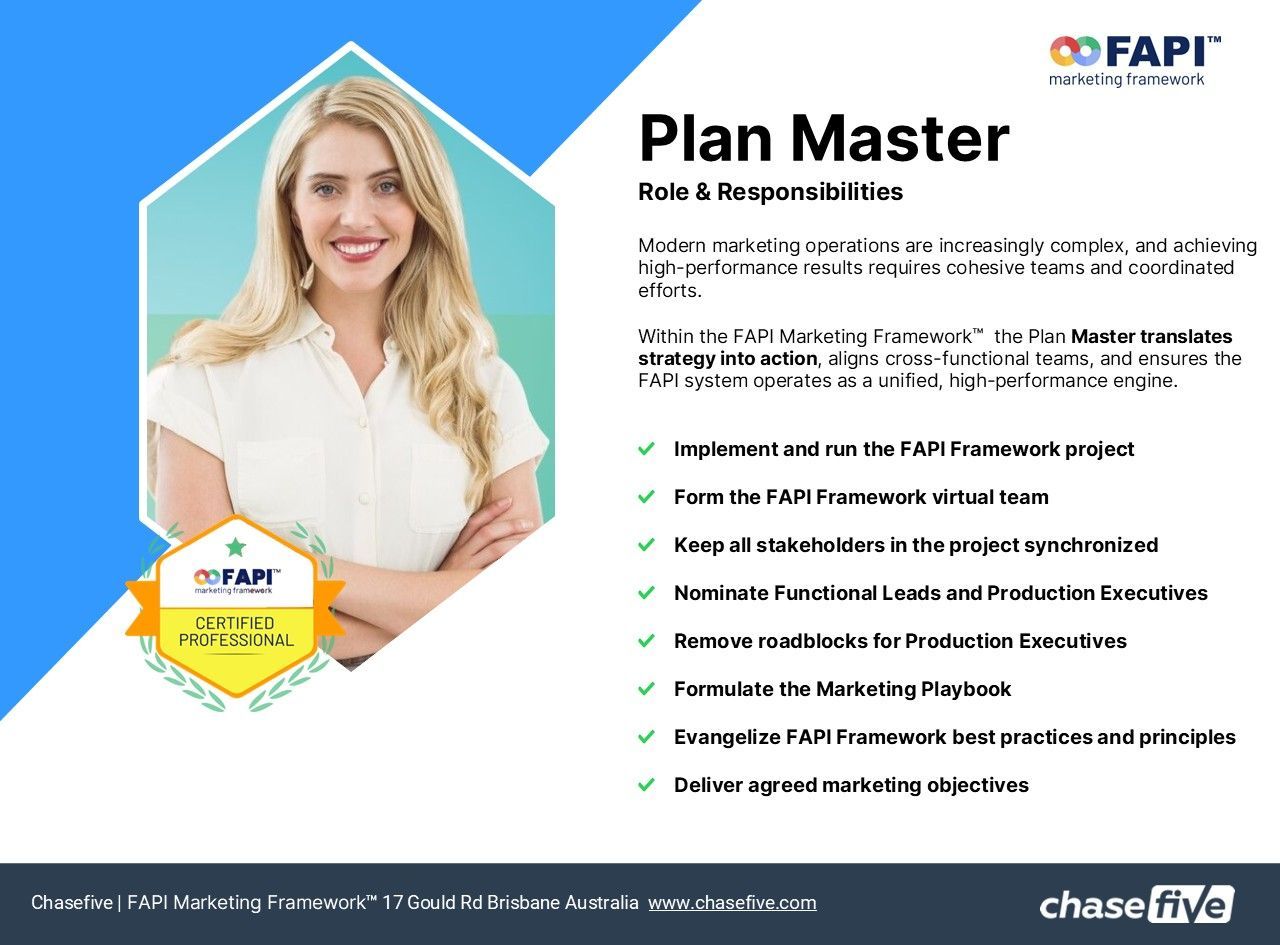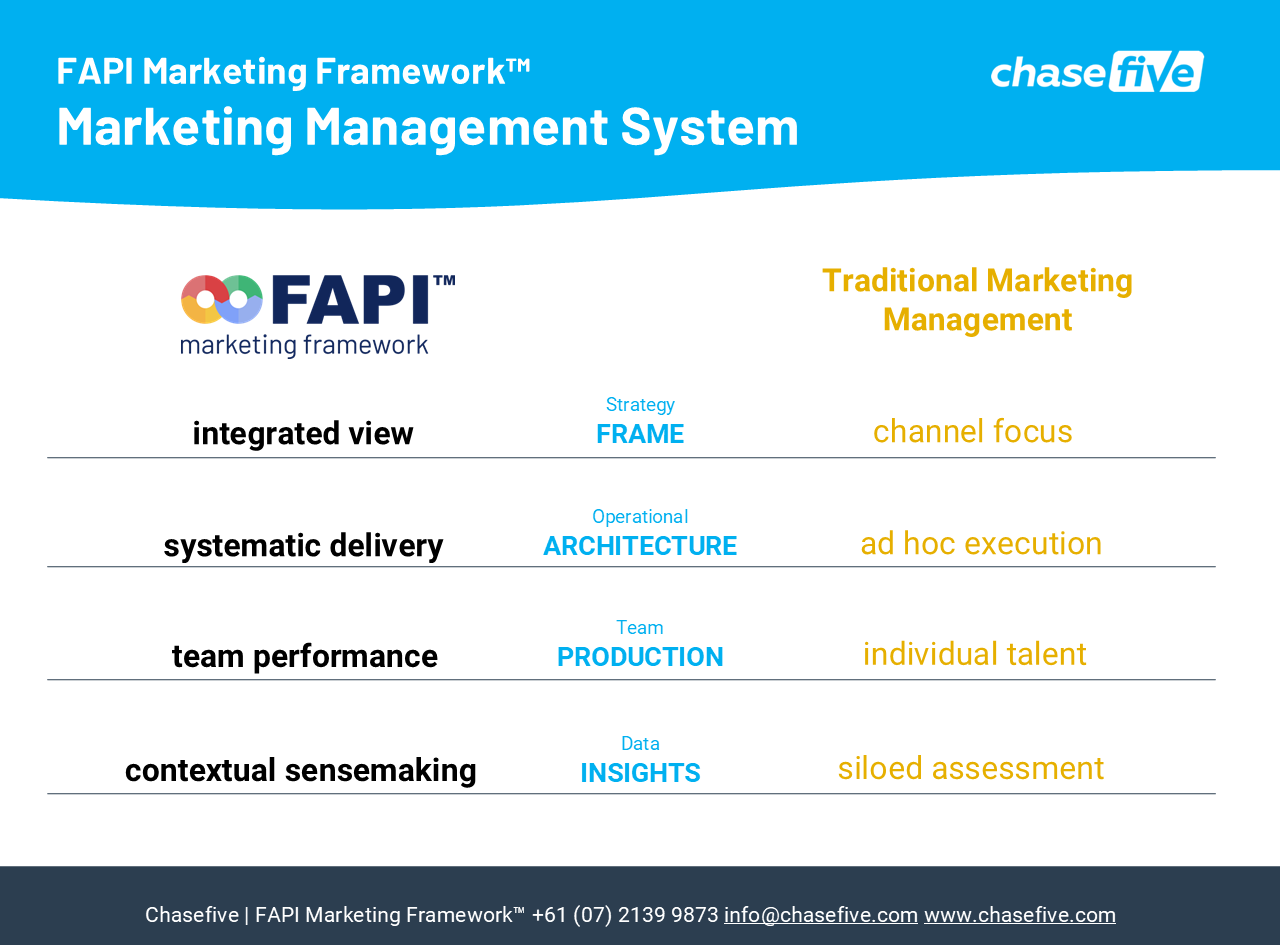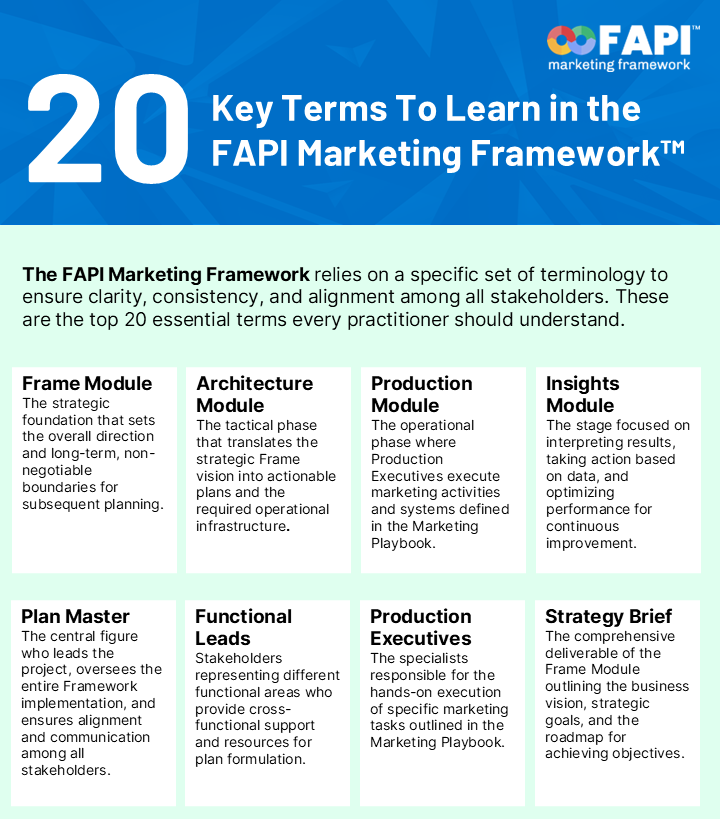How the FAPI Marketing Framework promotes collaboration
In today's fast-paced business environment, marketing can't afford to operate in a silo. When sales, product development, and marketing teams aren't on the same page, the result is often a disjointed customer experience and wasted effort. But how can organisations bridge these departmental divides? The FAPI Marketing Framework offers a powerful solution, creating a structure that doesn't just manage tasks, but actively cultivates collaboration.
The framework's strength lies in its ability to foster a unified, cohesive approach to all marketing efforts. Let's explore the key mechanisms it uses to break down silos and get everyone pulling in the same direction.
Building a Unified Front with Cross-Functional Teamwork
At its core, the FAPI Framework is built on the principle of inclusion. It explicitly champions the creation of cross-functional teams, ensuring that key stakeholders from across the organisation are involved in the marketing process from the outset.
This isn't just about inviting other departments to a meeting; it's about embedding them into the process. Through structured "project events," representatives from various departments actively participate and contribute. This inclusive approach dismantles the "us vs. them" mentality and fosters a powerful, shared sense of ownership and accountability for the success of marketing initiatives. When everyone has a hand in building the plan, everyone is invested in its success.
Clarity Through Structure: Defined Roles for Seamless Coordination
Collaboration can be chaotic without clear leadership and structure. FAPI addresses this by establishing well-defined roles that facilitate, rather than hinder, teamwork. Two roles are particularly critical for ensuring smooth marketing coordination:
- The Plan Master: This individual is the central hub for collaboration. The Plan Master is responsible for assembling the dedicated project team, enabling effective communication between all members, and coordinating the various activities required to achieve the marketing objectives. They act as the conductor, ensuring all parts of the orchestra are playing in harmony.
- Functional Leads: These individuals are the experts from different functional areas (like digital, content, or product marketing). They provide essential cross-functional support by coordinating resources and lending their expertise to the plan. Functional Leads collaborate directly with the Plan Master to develop specific modules of the strategy, ensuring that every component is both effective on its own and perfectly aligned with the broader plan.
The Cornerstone: Promoting Communication and Understanding
Finally, the FAPI Framework promotes the single most important ingredient for successful collaboration: communication.
By creating a structured environment where different departments are required to interact, the framework naturally enhances communication and deepens mutual understanding. This constant dialogue minimises the risk of misalignment between marketing activities and overarching business objectives. It ensures that the creative campaign designed by the marketing team supports the sales team's targets and reflects the latest product updates from the development team. The result is a cohesive strategy where all efforts are synchronised and contribute directly to the organisation's most important goals.
In short, the FAPI Framework is more than just a tool for planning—it's a blueprint for building a collaborative culture that drives powerful, unified results.







